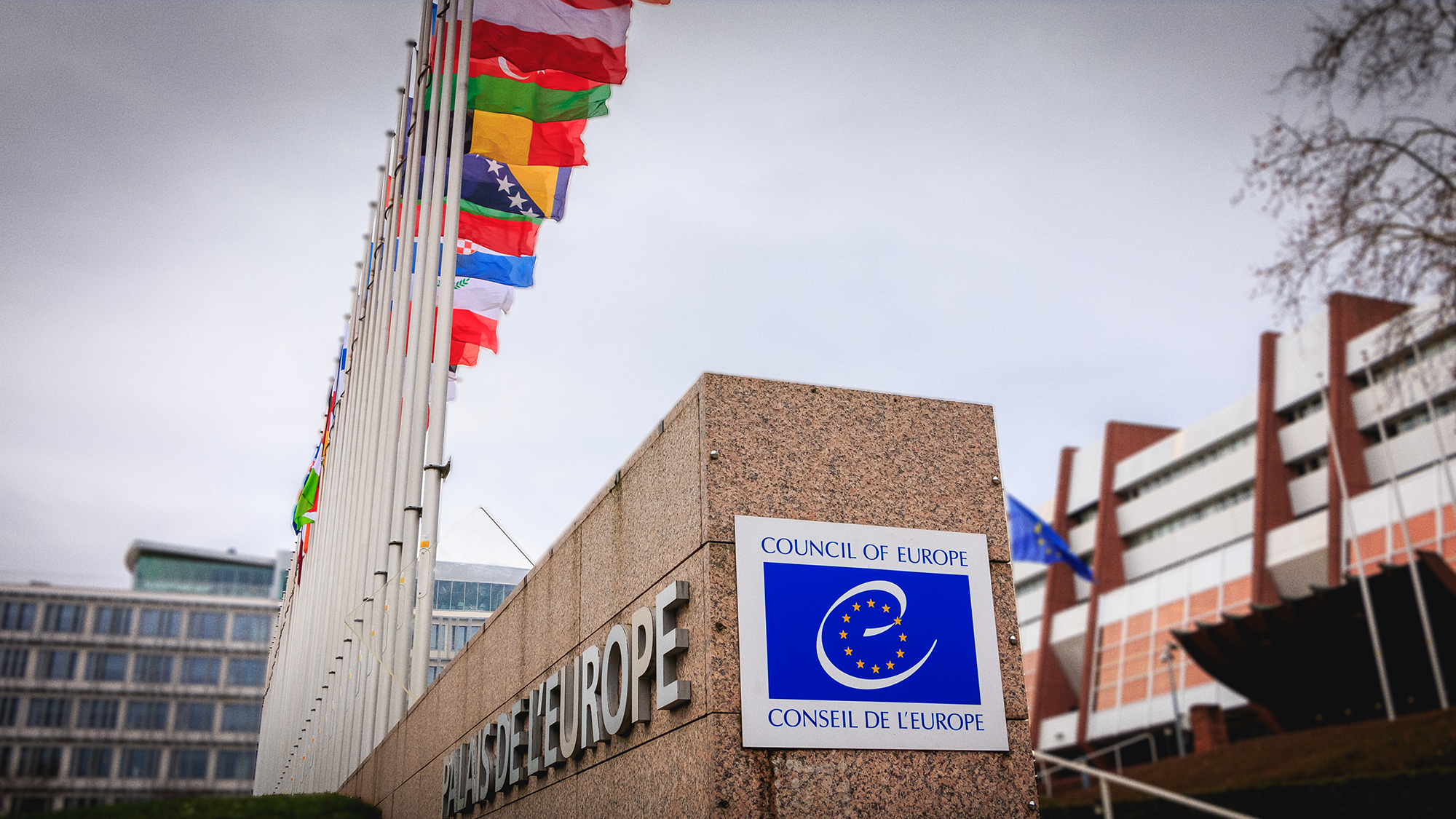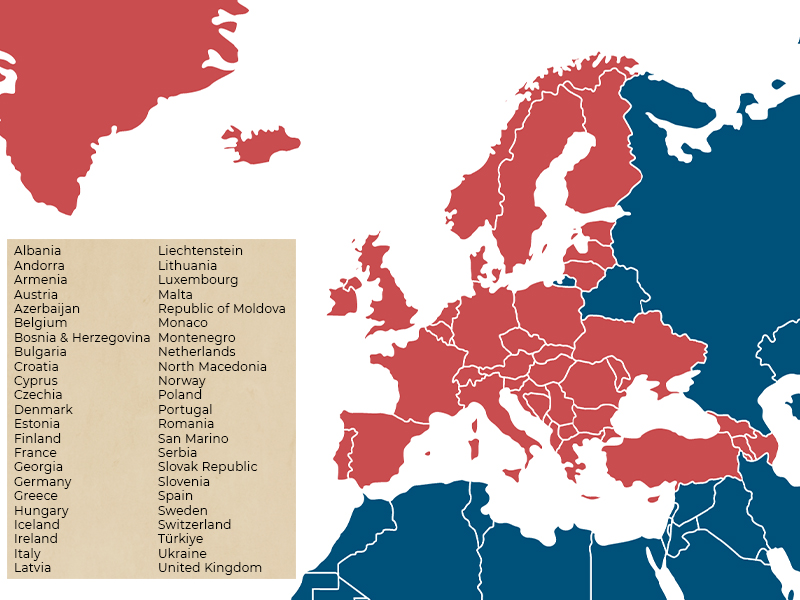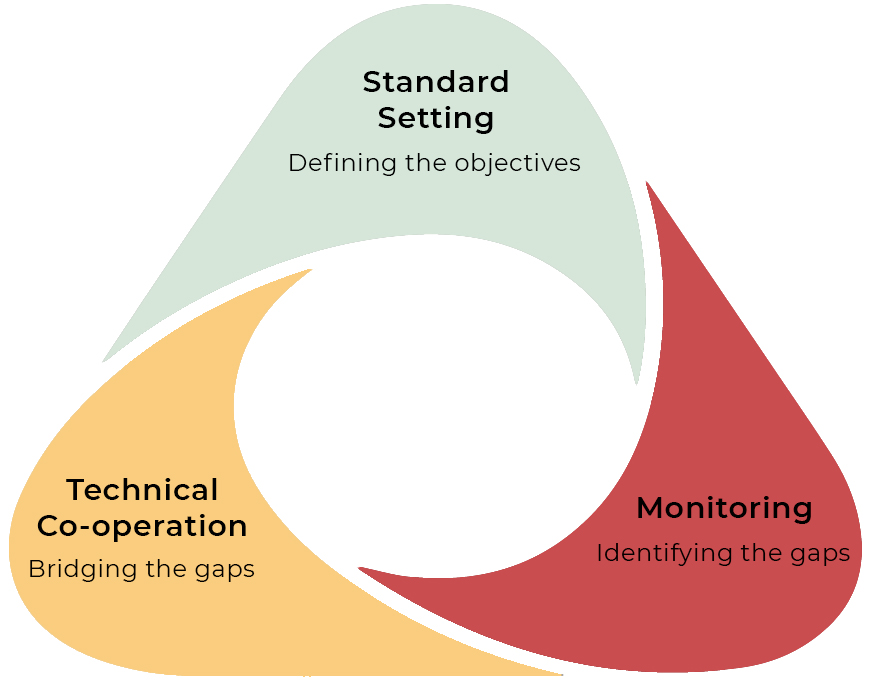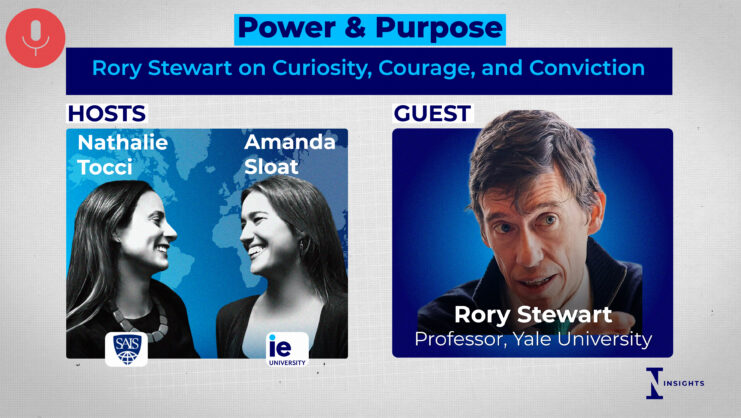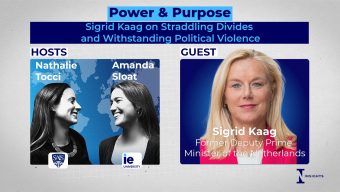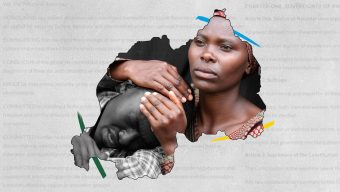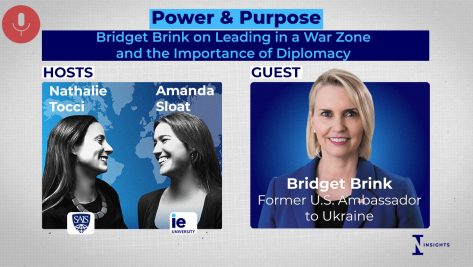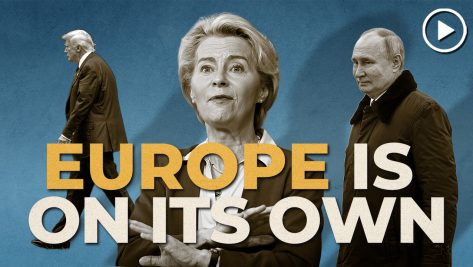This year marks the 75th anniversary of the Council of Europe, and with the upcoming EU elections as a backdrop, there is an opportunity to reflect on the values and aspirations that unite people beyond geography and institutions. Indeed, it is also an occasion to consider how these principles can be upheld and expanded.
The circle of 12 golden stars, their points not touching, on an azure field that is the European flag, predates the EU itself. In fact, the star-studded flag was launched in 1955 as the official emblem of the Council of Europe. It was not until 1985 that it was adopted as the official symbol of the then European Communities, which later became the European Union.
These two institutions, the EU and the Council of Europe, while sharing symbols and common values, are distinct and complementary. One of the mechanisms through which the Council of Europe serves its purposes and complements the work of the EU and other institutions is the so-called strategic triangle.
Often mistaken for an EU entity (it certainly does not help that the EU has two institutions called the European Council and the Council of the EU), the Council of Europe was born eight years before the European Communities (later to become the EU). The Council of Europe’s membership is much larger than that of the EU, and it currently has 46 states that extend from Greenland to Azerbaijan, from Norway to Türkiye.
If the EU is best described as an economic and political union, the Council of Europe can be presented as a community of values. Those values are summarized in its motto: Human Rights, Democracy, and Rule of Law. The principles embodied in those values are the cornerstone of Council of Europe membership; that is the case for EU countries, all of which have also joined the Council of Europe, signaling the alignment between the aspirations of the two institutions. On the other hand, for some Council of Europe members, the values upheld by the institution are aspirational, and it is the role of the organization to accompany and support those states as they progress toward the full realization of those principles.
A unique feature of the Council of Europe is its unparalleled strategic triangle of standard-setting, monitoring, and cooperation, which governs most of its work. It is through this three-legged scheme that the Council of Europe advances European values. This system has proven effective in establishing expected results in legally binding standards, which are then monitored by independent mechanisms, and supplemented by cooperation and support activities.
The Council of Europe has three main missions: setting standards (through international law and binding mechanisms to ensure that standards are reached and maintained), monitoring the effective application of those standards, and through cooperation, supporting countries in fulfilling the standards and the obligations included in them.
Standards are usually set in the form of a convention, which, although they can be named differently and take different forms, are always agreements among states in a legally imperative document. Signatories of the standard-setting conventions and treaties of the Council of Europe can be all 46 of its members, or only some of them. Some conventions are also open to countries outside the Council of Europe.
In many cases, the standards set by the Council of Europe on a given topic are contained in a single convention. That is the case for the Convention on Action against Trafficking in Human Beings, which contains all of the Council of Europe standards against human trafficking. For other matters, the standards can be found in various conventions that have been subsequently drafted as the subject matter has evolved. When it comes to corruption, for example, three Council of Europe treaties need to be considered to arrive at a comprehensive overview of all of the standards applicable in combating corruption and advancing integrity.
On very few occasions, the Council of Europe has adhered to the standards set by a third party. This is the case with money laundering, a topic for which the recommendations of the Financial Action Task Force (FATF, an independent and separate inter-governmental institution) also constitute the Council of Europe’s standards on the matter.
Whatever the topic, or where they may be contained, very often the Council of Europe’s provisions that establish the standards on a given matter are meticulously precise and go significantly beyond the minimum principles agreed in other international instruments.
The conventions and treaties of the Council of Europe that constitute the standards are governed by a political body where all signatory countries are represented. This collective body is assisted by a secretariat in the Council of Europe.
States that are signatories of standard-setting conventions of the Council of Europe also agree to be monitored on whether or not their policies and practices align with the relevant standards. Monitoring is a process through which the Council of Europe assesses to what extent the commitments that are the standards contained in the conventions are being met by the countries that have agreed to those standards.
Some monitoring bodies of the Council of Europe are well known, such as GRECO (corruption), MONEYVAL (money laundering), or GREVIO (violence against women). While others are less known to the wider public, all of them are highly respected in their own realms.
Monitoring is coordinated by the Secretariat of the Council of Europe and undertaken by a selected group of experts, all of whom come from state signatories to the convention establishing the standards to be monitored, although these experts do not represent their countries. As the conventions cover a wide range of topics, and the standards set are often of a very technical nature, monitoring is usually arranged in rounds, each round covering a limited number of standards. All signatories to the standard-setting convention go through all monitoring rounds, ensuring, through time, a comprehensive evaluation of how effectively the conventions are being implemented.
Monitoring of any given country may include desk work to analyze legal provisions, practices, and institutional set-ups, in addition to a country visit to exchange with the officials responsible, civil society representatives, and in some cases even beneficiaries. The monitoring process results in a report prepared for the approval of the governing body of the standard-setting convention. Moreover, it is usually published with the acquiescence of the country that has been monitored. Monitoring reports (most of which are publicly available on the Council of Europe’s website) usually include not only a detailed assessment of the standards subject to monitoring in the relevant round but also a set of recommendations for improving the fulfillment of the standards.
For those countries that fall behind in the attainment of their obligations in implementing the standards, most conventions provide for different forms of enforcement mechanisms, most of which, though not very forceful, do bear the weight of the recognition that the Council of Europe monitoring bodies enjoy.
Monitoring is therefore a means of ensuring the parties’ compliance with the standard-setting conventions and is a guarantee of the convention’s long-term effectiveness and that its interpretation is adapted to the evolving realities on the ground.
After setting standards and monitoring, the third leg of the Council of Europe’s strategic triangle is cooperation. In implementing the standards set in the conventions, but also in remedying the shortcomings found in the monitoring reports, countries may benefit from expert support and from the experience of other countries.
To support countries in advancing the effective implementation of the various standard-setting conventions, the Council of Europe has developed cooperation projects. Whether with its own means, or thanks to the financial support of other institutions (most notably the EU), the Council of Europe works with public officials, civil society organizations, and other stakeholders in better understanding the standards and what they encompass and require.
Cooperation activities of the Council of Europe take many different forms, from public awareness campaigns to training and workshops, assessments of legal provisions, or technical papers. They are often of a very technical nature, addressed to a very targeted audience of public officials or civil society representatives, each of whom are stakeholders in the subject matter covered by the standard-setting convention, whether on corruption, discrimination, money laundering, violence against women, cybercrime, fake medical products, data protection, protecting children from sexual exploitation, torture, racism, freedom of information, national minorities, or social rights.
In closing, and as stated in the 2023 Reykjavík Declaration, “the Council of Europe has played a pioneering global role in developing standards in emerging and new policy areas.” However, the Council of Europe has also succeeded in developing an effective system of delivering on the pledges that those standards imply, by holding those countries who commit to the standards accountable for their effective realization, hence advancing the values and principles on which the standards are built and that are shared in wider Europe.
© IE Insights.



